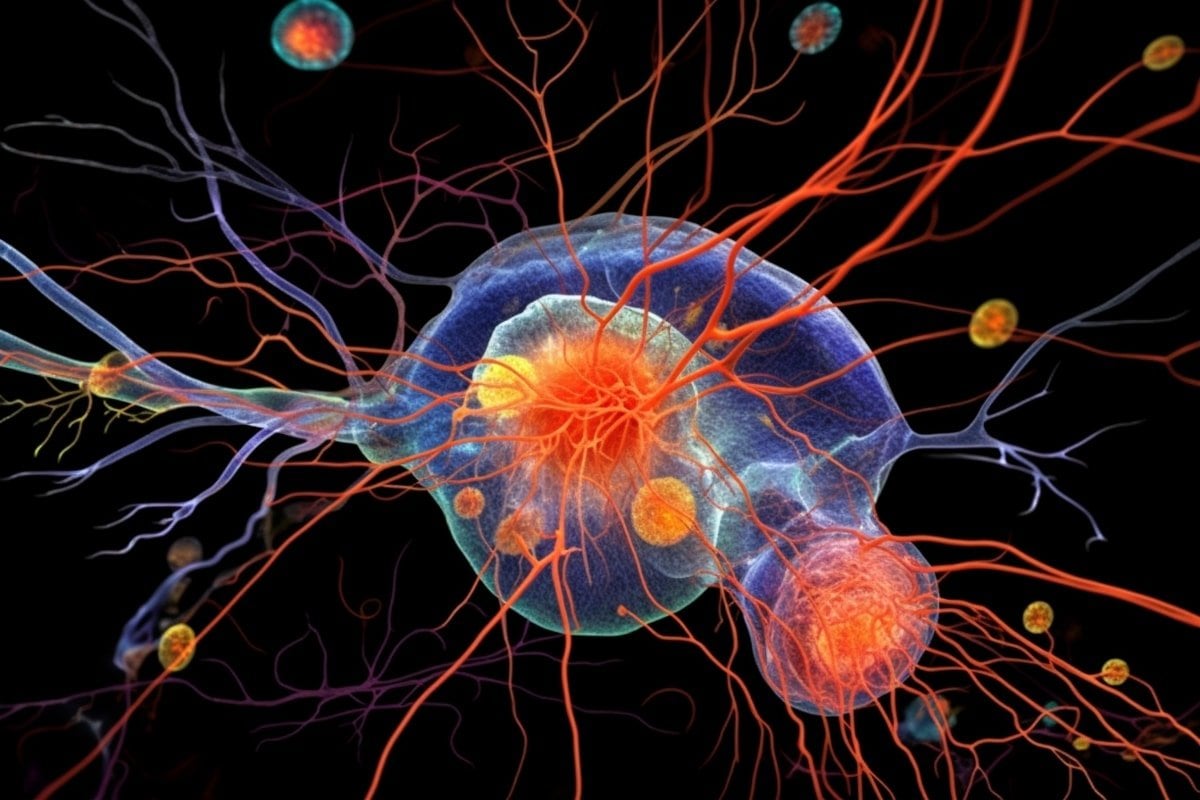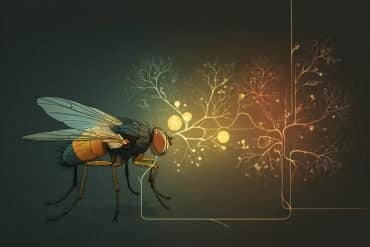Summary: In a radical shift from the past 30 years of neuroscience, researchers have discovered that the basal ganglia, a crucial part of the brain involved in motor control and learning, plays a more significant role in learning than previously thought.
Contradicting long-standing beliefs, the study shows that the “indirect pathway” in the basal ganglia drives learning rather than motor control.
The study opens potential doors for treating compulsive behaviors, as the pathway’s activation could help curtail specific unwanted behaviors without blocking all motor function. This breakthrough challenges assumptions and provides a renewed understanding of the brain’s learning pathways.
Key Facts:
- The research contradicts the prevalent model of the basal ganglia’s role in motor control, suggesting it instead drives learning.
- Stimulating specific neurons in the indirect pathway of the basal ganglia was previously thought to stop movement, but the new study shows that such stimulation activates several pathways simultaneously, with the observed motor effects being caused by the co-activation of D1 neurons, not the indirect pathway itself.
- This discovery may open new possibilities for treatments targeting compulsive behavior by reducing the likelihood of specific unwanted actions without impairing overall motor function.
Source: Carnegie Mellon University
In a paper published in Neuron, Aryn Gittis and colleagues present new information about a neural pathway in the basal ganglia, a part of the brain important for skill learning, habit formation and motor control.
The paper contradicts the model that has guided researchers’ understanding of motor learning for 30 years.
Gittis said there are two common theories about what happens in the basal ganglia.
“One school of thought is that the basal ganglia is for motor control—how you stop and go, the gas and brake pedals of the brain,” she explained.
“Others think it is involved in learning and shaping movement. If a behavior leads to a reward, we do it more. If it prevents a reward, we stop doing that.”
In previous work, researchers showed that activating a specific pathway in the basal ganglia seemed to stop movement in animals, supporting the first theory. To understand why, Gittis and her team took a close look at what happens when specific cells in that pathway, called the “indirect pathway,” are activated.
“We show that when you activate those neurons, you’re actually activating several pathways simultaneously,” Gittis said.
Gittis and her team found that this simultaneous activation of multiple pathways had caused previous researchers to draw the wrong conclusions about the function of the indirect pathway.
Stimulating neurons at the beginning of the indirect pathway, D2 neurons, activate two other groups of cells, the globus pallidus (the next cell group in the indirect pathway) and D1 neurons, which are part of a different neural pathway.
It turned out that the motor effects produced by D2 stimulation that had been attributed to the indirect pathway were actually due to the spurious co-activation of D1 neurons, which control motor function.
When experimental conditions were controlled to only activate the indirect pathway, Gittis and colleagues found that this pathway drives learning.
“Rather than driving motor control or directly affecting motor control, it’s shaping behavioral selection,” Gittis said.
Since the pathway affects learning and behavior, it could serve as a target for compulsive behavior treatments in the future. When the indirect pathway is activated, it makes a behavior that was going to happen significantly less likely to happen in the short term.
If the same pathway were activated in a person with a compulsive behavior, it could make them less likely to perform the specific compulsive behavior while not blocking all motor function.
Gittis said that this discovery could open doors to additional research, and is proud that her team was able to question long-standing theories.
“You need to question assumptions and really go directly to the data that has led to that assumption. Oftentimes there are gaps that actually hold the key to the discovery,” she said.
About this neuroscience research news
Author: Caroline Sheedy
Source: Carnegie Mellon University
Contact: Caroline Sheedy – Carnegie Mellon University
Image: The image is credited to Neuroscience News
Original Research: Closed access.
“The indirect pathway of the basal ganglia promotes transient punishment but not motor suppression” by Brian R. Isett et al. Neuron
Abstract
The indirect pathway of the basal ganglia promotes transient punishment but not motor suppression
Highlights
- A2A-SPN stimulation simultaneously inhibits the GPe and other SPNs
- Inhibition of the GPe is sufficient to drive transient punishment but not motor arrest
- The GPe is not necessary for A2A-SPN-induced motor suppression
- Transient punishment is the main behavioral correlate of the indirect pathway
Summary
Optogenetic stimulation of Adora2a receptor-expressing spiny projection neurons (A2A-SPNs) in the striatum drives locomotor suppression and transient punishment, results attributed to activation of the indirect pathway.
The sole long-range projection target of A2A-SPNs is the external globus pallidus (GPe). Unexpectedly, we found that inhibition of the GPe drove transient punishment but not suppression of movement.
Within the striatum, A2A-SPNs inhibit other SPNs through a short-range inhibitory collateral network, and we found that optogenetic stimuli that drove motor suppression shared a common mechanism of recruiting this inhibitory collateral network.
Our results suggest that the indirect pathway plays a more prominent role in transient punishment than in motor control and challenges the assumption that activity of A2A-SPNs is synonymous with indirect pathway activity.







